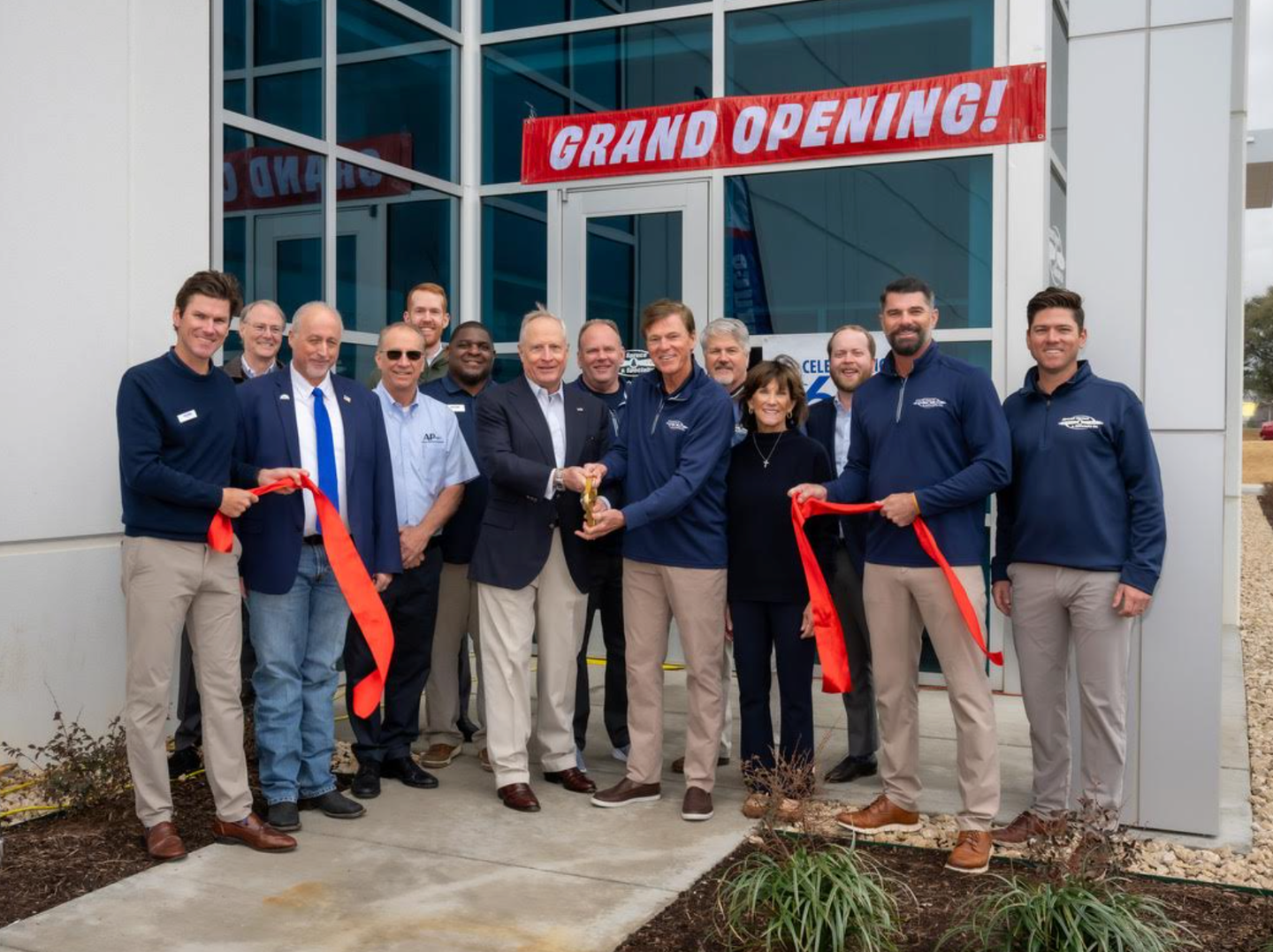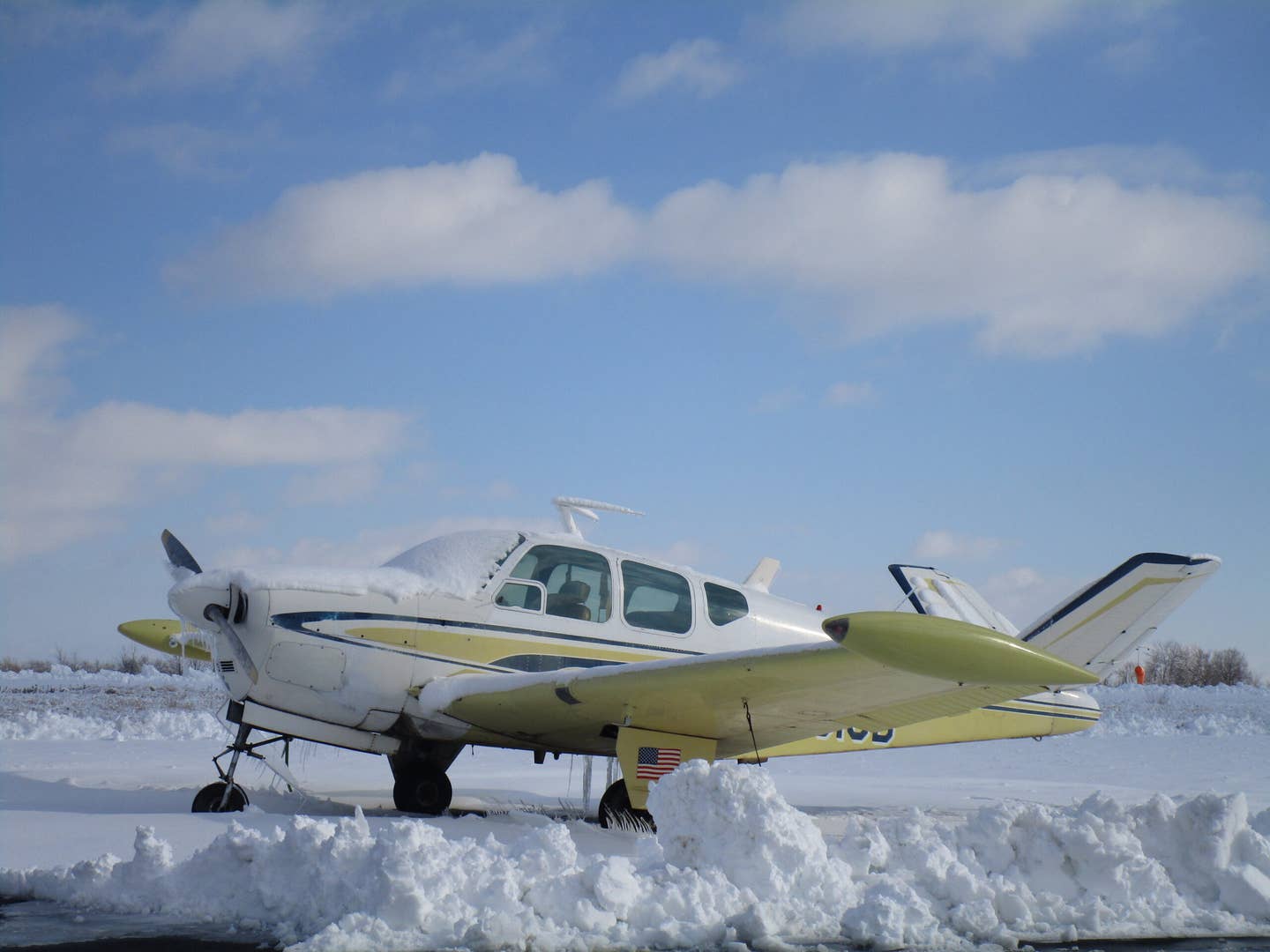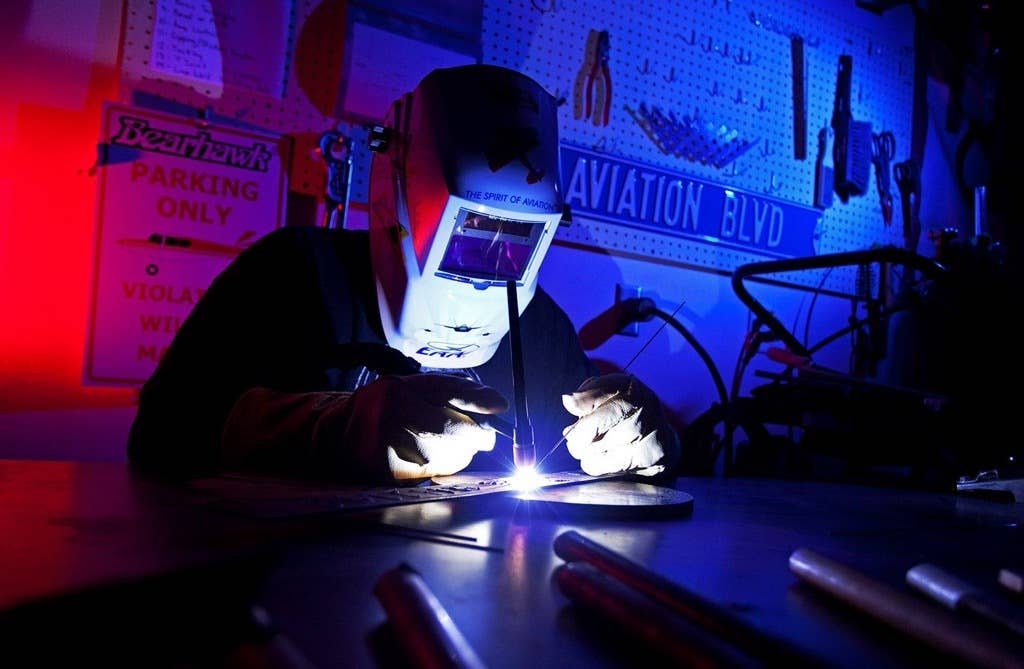The All-Time Most Significant Planes At the EAA Oshkosh Fly-In
The host of the world’s greatest fly-in gets the best aircraft in the world to join in on the fun. Here’s our list of the crème de la crème
The Experimental Aircraft Association (EAA) fly-in at Oshkosh, for the past many years called AirVenture, is the biggest fly-in in the world and the biggest airshow, as well. It is, if anything, a huge gathering of airplanes and not just pilots---though every plane that arrives in central Wisconsin for the fun has at least one pilot aboard, and every one of them is just dying to see what cool hardware EAA will have assembled for the show. For this story, we have volunteered to create an impossible list---the most significant planes to ever fly into OSH. By definition, it will be incomplete, and we're certain that we will have left at least a few deserved planes off the list. But we do know that this list represents some remarkable aircraft that made an impact in the world of aviation and showcased EAA's commitment to bringing important planes of every description to the best week in all of aviation.
Continue scrolling to see the full list of planes.
Concorde
The fastest civil airliner, the Mach 2.5 Concorde was a marvel of modern engineering when teams from France and Great Britain began developing it in the 1960s, when it was widely thought that supersonic airliners would be the norm soon. That future never happened, and with the brief exception of the Soviet Tupolev SST, Concorde remained the sole supersonic civil airliner from its first passenger flight, in January of 1976, to its swan song in 2003. Its first appearance at Oshkosh in 1985 was a chance for hundreds of thousands of grassroots aviators to see the world's fastest airliner up close while cementing EAA's annual convention as a big-time event with broad appeal and a reach that spanned the globe.
Rutan VariEze
The genesis story of the Experimental Aircraft Association is just what the name says, and for the first couple of decades of its life, those aircraft were largely conventional tube-and-fabric-covered wood and/or steel tube construction, planes that required minimum tools and builder skills. But the 1960s (and on into the '70s) were an era of tremendous technological advancement that fed the public's fascination with all things innovative. In aviation, younger builders were drawn to new shapes and materials, believing that greatly improved performance, economy and ease of building were possible with new designs. While he was far from the first to experiment with futuristic designs, Burt Rutan tapped into the zeitgeist of the times with his VariEze. The single-pusher-engine canard-configured two-seater was fast, with a max cruise speed of close to 170 knots, and it was efficient, too, with a max range of better than 600 nm at fast cruise. Builders flocked to the VariEze, and for years during the late '70s and early '80s, the VariEze, along with the follow-on design, the LongEze, were the most populous experimental aircraft at Oshkosh, highlighting not only the next generation of builders' commitment to EAA but also their recognition of Oshkosh as the place to show off your completed projects.
F-22 Raptor
It's hard to explain the impact of the appearance of the Lockheed Martin F-22 Raptor at AirVenture more than a decade ago. It is one of the few planes to fly into OSH that was so eagerly awaited that everyone on the field stopped mid-stride or mid-conversation to stare up and gawk at the world's first fifth-generation fighter, as it did things that no fixed-wing airplane should be able to do, including small-radius turns at speeds so slow a Super Cub would be hard pressed to match, bookended by high-speed passes that thrilled the masses.
Corben Baby Ace
At first glance, you might not know about this plane, and you might be surprised at its inclusion in this lineup of the fast and mighty planes of OSH, but believe me when I say that the Baby Ace is no less to EAA than the Wright Flyer means to aviation as a whole. The plane, which was featured in a 1955 series of articles in Mechanix Illustrated, helped propel EAA from a boutique organization to one with a national and global footprint. The message associated with EAA Founder Paul Poberezny and the article by his wife and partner, Audrey, was unmistakable: You can build your own plane for pennies on the dollar, and we're here to help! The mission of EAA has only built upon that framework in the intervening 65-plus years.
Van's RV
One of the most important planes to EAA's ongoing commitment to amateur-built aircraft is the Van's RV. There are numerous models, some with side-by-side seating, some with two seats, one with four, some with a nose gear, some with a tailwheel. And when I mentioned, in the snippet above, that the Rutan Vari-Eze arrived en masse in Oshkosh, its numbers were in the hundreds. According to Van's, more than 10,000 RV kits have been completed. And a lot of them make their way to OSH every year for the fly-in. The RV kit plane is the epitome of modern homebuilding. Oregon-based Van's Aircraft supplies a kit that is straightforward to build, with an increasingly sophisticated construction that makes building the plane easier and more intuitive than ever, a modern take on the classic EAA mission.
Harrier
The loudest plane ever at OSH? This one is a no-brainer. It's the BAE Harrier jump jet, a fighter jet that could take off and land vertically while also speeding along at a supersonic clip. It's fair (though perhaps not nice) to say that the Harrier got more attention from more showgoers for a longer period of time than any other plane, but that's only because when it does its V-TOL thing, it's too loud to talk to anyone else. The Harrier also represents EAA's ongoing commitment to bringing the best available military hardware to the show, no matter the obstacles.
Spirit of St. Louis
To celebrate the 50th anniversary of the event that I believe was the most significant in aviation history, the crossing of the Atlantic Ocean by Charles Lindbergh in 1927, EAA constructed a replica of the plane Lucky Lindy flew across the pond in, the Spirit of St. Louis. That 1977 replica was popular and flew a lot. While it was the spitting image of the original, which hangs in the National Air and Space Museum in Washington, D.C., EAA's version was a little more user-friendly to fly. And fly it did! So much that EAA eventually retired it and placed it in a place of honor in its Oshkosh EAA Aviation Museum. The requests for it continued apace, however, so in the early '90s, EAA constructed a second replica, which is flying to this day. EAA was founded in 1953, 50 years after the Wrights' first flight and about 25 years after Lindy's hop, but its mission has long been to celebrate the history of flight, 50 years before its formation and before. The organization's commitment to that history is on prominent display every time the Spirit flies.
Opener BlackFly
Again, we could have picked any number of cutting-edge designs for this spot in our lineup of important planes at AirVenture because the point is, EAA's annual summer showcase is all about embracing and celebrating innovation in aviation. That mission alone is worth standing on the rooftops and celebrating. And the BlackFly is about as innovative as it gets. A vertical takeoff and landing multicopter with a shocking shape, the BlackFly is a fly-by-wire ultralight---a phrase I never thought I'd write---one that carefully curates the flying experience while still letting the pilot be at the center of the fun. As with other planes that have made a splash at OSH, the BlackFly might not stand the test of time, but the innovations it showcases will.
Quicksilver Ultralight
Those pilots who aren't old enough to remember the early days of ultralights might not know about one of the most remarkable chapters in aviation history---the ultralight revolution. Everyone knows the Cessna 172 Skyhawk is the most-produced plane in history; high on the list is the Quicksilver Ultralight, with more than 15,000 made over the past 40-plus years. Like the Skyhawk, it is still being produced. The ultralight craze was similar to but of a different origin than the fast-glass craze of the 1980s. While the Rutan canards played off of would-be plane builders' fascination with technology, ultralights attracted the DIY crowd. These were dirt-simple planes, most of them constructed with lightweight aluminum tubing and covered with sailcloth. These aircraft became so popular, in fact, that the FAA created a rule just for them, Part 103, that limited the size and speed of an ultralight (among other things) but otherwise completely deregulated them. EAA was in on the ground floor with these new planes, and even today, the ultralight strip at Oshkosh remains one of the busiest places at Wittman Regional for the weeklong run of AirVenture.
North American T-6 Texan
The name of the host of the world's greatest airshow has the word "Experimental" right in it, but it's so much more than a homebuilt organization or a homebuilt show. EAA for decades has been all about private aviation of all kinds, from ultralights to World War II-era bombers. Warbirds are a core interest of EAA, both in terms of its airshow---what would it be without the sounds of big radials or sizzling V-12s?---and its owner/ builder/flyer support efforts. While we could have picked a few different airplanes, from the T-34 Beech Mentor to the Boeing B-29 Superfortress, to be the poster wings for this note, the T-6 holds a special place in private warbird lore, and to say it is well represented at Oshkosh is a huge understatement. Both on the flight line and in the airshow, the North American World War II-era trainer, of which more than 15,000 were produced, made it for a couple of decades after the war, a remarkably affordable warbird and one to which owner/pilots became deeply attached. As is the case for the relationship between the Oshkosh Fly-In and the T-6.
Airbus A380
Big is cool, and through the years, Oshkosh has hosted some of the biggest planes in the world: the C-5 Galaxy, Boeing 747, the Antonov An-124 and the Airbus Super Guppy, to name a few. But the biggest of the big, at least according to many metrics, is the Airbus A380, and its arrival at OSH in 2009 showed just how proud Airbus was of its giant achievement and how highly it regarded EAA's annual gathering. The plane also created buzz because its landing that year was so very dicey that pilots were talking about it for weeks after. In the final tally, it was one of the landings where the airplane was still flyable afterward.
Your Plane
Oshkosh is at heart a fly-in, and even though the world's biggest and greatest airshow attracts nonpilots from around the world, every year there are around 10,000 airplanes (counting them is so complicated that EAA doesn't even try to get an exact count anymore) that fly into the area for the festivities. For those of us who have flown into Wittman Regional for the weeklong airplane adore-a-thon, the most important plane on the field that year is none other than ours.

Subscribe to Our Newsletter
Get the latest Plane & Pilot Magazine stories delivered directly to your inbox






